Do you have a question about the Gardena 5000/4 i and is the answer not in the manual?
Specific safety rules for using the pump in pools, requiring RCD protection and proper installation.
Guidelines for mains connection cables, specifying minimum cross-section requirements.
Perform a visual check of the pump, cable, and plug for any damage before operation.
Do not carry the pump by its cable and protect the cable from heat and sharp edges.
Always disconnect the power plug after use, before maintenance, or when not in use.
Ensure the suction hose end remains submerged in the fluid to prevent dry running.
Instructions on where to place the pump and how to fill it with fluid before initial start-up.
Steps for the first start-up, including setting the switch and opening discharge points.
General causes and indications of pump malfunctions, including low flow or system leaks.
Indicates low suction flow; pump enters self-priming mode if normal operation isn't restored.
Indicates insufficient water on restart; pump enters suction cycle or self-priming mode.
Indicates low water during normal operation; pump switches to self-priming mode.
System leakage detected; pump cycles frequently, triggering alarm and motor shutdown.
Essential checks for common issues like leaks, insufficient filling, incorrect switch settings, or un-submerged suction hose.
Diagnosing issues like suction leaks or clogged filters and suggesting remedies.
Identifying causes for no water delivery, such as suction leaks, and providing solutions.
Addressing issues like power failure, thermal overload, or electrical interruptions.
Specific safety rules for using the pump in pools, requiring RCD protection and proper installation.
Guidelines for mains connection cables, specifying minimum cross-section requirements.
Perform a visual check of the pump, cable, and plug for any damage before operation.
Do not carry the pump by its cable and protect the cable from heat and sharp edges.
Always disconnect the power plug after use, before maintenance, or when not in use.
Ensure the suction hose end remains submerged in the fluid to prevent dry running.
Instructions on where to place the pump and how to fill it with fluid before initial start-up.
Steps for the first start-up, including setting the switch and opening discharge points.
General causes and indications of pump malfunctions, including low flow or system leaks.
Indicates low suction flow; pump enters self-priming mode if normal operation isn't restored.
Indicates insufficient water on restart; pump enters suction cycle or self-priming mode.
Indicates low water during normal operation; pump switches to self-priming mode.
System leakage detected; pump cycles frequently, triggering alarm and motor shutdown.
Essential checks for common issues like leaks, insufficient filling, incorrect switch settings, or un-submerged suction hose.
Diagnosing issues like suction leaks or clogged filters and suggesting remedies.
Identifying causes for no water delivery, such as suction leaks, and providing solutions.
Addressing issues like power failure, thermal overload, or electrical interruptions.
| Max Flow Rate | 5000 l/h |
|---|---|
| Max Pressure | 4 bar |
| Weight | 12.5 kg |
| Max Suction Depth | 8 m |
| Max Delivery Height | 40 m |
| Maximum delivery capacity | 5000 l/h |
| Maximum pressure | 4 bar |
| Maximum self-priming height | 8 m |
| Maximum liquid temperature | 35 °C |
| Number of outlets | 1 |
| Cable length | 1.5 m |
| Protection class | IPX4 |
| Max Head | 40 m |
| Voltage | 230 V |
| Frequency | 50 Hz |
| Connection thread | 33.3 mm (G 1") |
| Cable type | H07RN-F |
| Inlet/Outlet | 33.3 mm (G1") |

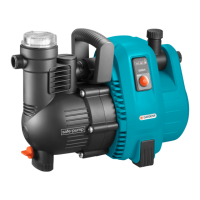
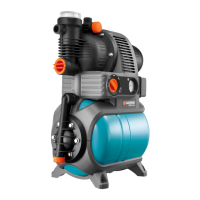
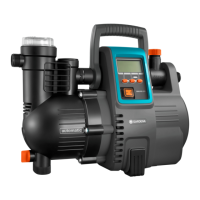


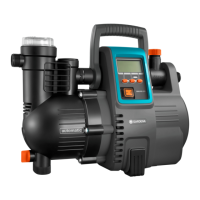
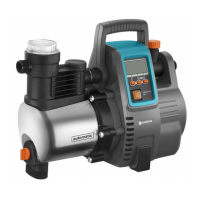
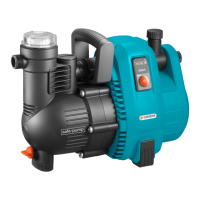
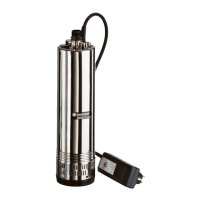

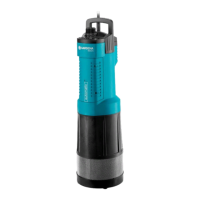
